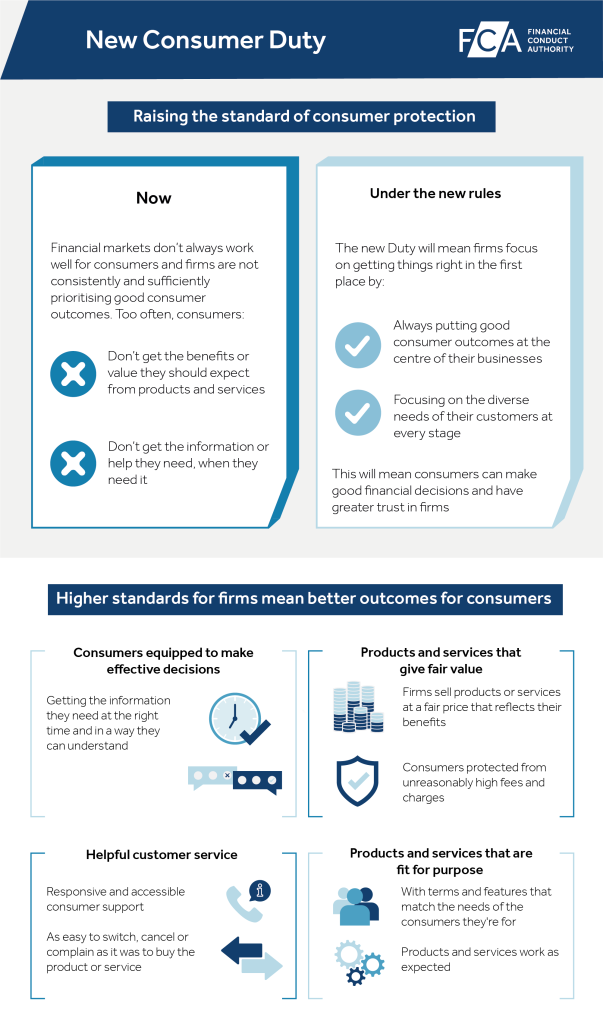
Brands are increasingly finding more ways of communicating to their customers by using extended methods of personalisation to grow customer retention and overall profit. The end-to-end process from learning and understanding your customers through to developing personalised communications is often complex, however adopting the right principles from the outset can ensure that the right steps are taken to achieving the wider goals of the business.
Understanding Your Customers
Understanding your customers commonly begins with an exercise in segmentation, allowing you to build a view of your customers’ interactions with your brand through the lenses of different audiences. A customer journey map then allows you to visualise each of these interactions in a linear journey to evaluate this view across several life stages and touchpoints.
-
What is the value added to your business?
By putting the customer at the heart of all decisions and communications and adopting a customer-centric approach, it will allow you to fully understand their behaviours, needs and expectations. The key value of a customer journey map is that it allows you to do this by considering all available data in context, rather than risking looking at information from fragmented sources in isolation. Being aware of these elements will enable you to create an end to end strategy based on a holistic data view.
Additionally, a customer journey map allows you to improve internal collaboration and alignment within your business amongst different departments (marketing, sales and operations). Together you will understand which activities to prioritise that make an impact on your business and your customers and will eventually cut counterproductive costs.
-
What is the value added for your customers?
The fundamental value it brings to your customers is that it leads to the creation of personalised experiences and in turn, customers will build more trust and gain a closer relationship to your business and your brand.
-
What happens if I ignore this step?
Failing in doing so will cause your brand to risk in sending communications to customers that are not reflective of the truth or their needs. It only takes one bad interaction with a customer to turn them towards competitors…
Talking to your Customers
A contact strategy is a visual representation of a planned communication strategy which creates a clear step by step plan of communication content, channels and time frequencies. It gives you the ability to deliver the right message, at the right time, to the right audience across a range of different channels. Essentially, it translates aspirational customer journeys into actionable campaigns.
-
What is the value added to your business?
To achieve better outreach, repeated visits and overall customer advocacy, it is important to plan the content, frequency and channels that are most effective for a given audience. While it allows the planning of cross sell and upsell, it also allows the nurturing of new and current customers through automated and/or triggered campaigns tailored to each customer profile.
-
What is the value added to your customers?
Planning and organising the communication flow avoids overwhelming the customers with unnecessary communication as each message is triggered according to the client’s prior behaviours and preferences, at the right time and through the preferred channel.
-
What happens if I ignore this step?
Communicating without a contact strategy relies more on frequency than anything else. Bombarding customers with fragmented communications can in turn damage the ROI achieved from each campaign as well as generating low traffic to your platforms.
There is clear value in going through the necessary steps to understand and communicate with customers in the right way. At CACI, we specialise in taking clients through this journey and our team of consultants can help you build your own. If you’d like to schedule time with our marketing consultants to discuss how you can create a customer-centric marketing strategy, please get in touch.
Related Content
Discover more about how you can develop a customer-centric, personalised marketing experience in our recent whitepapers.

















